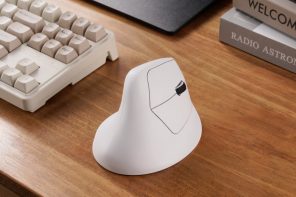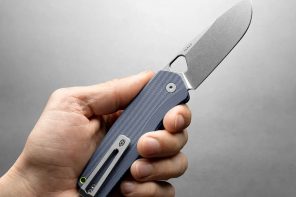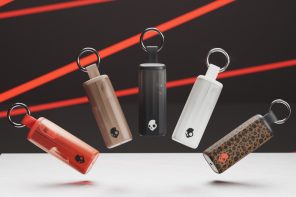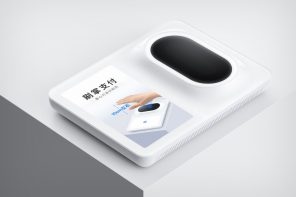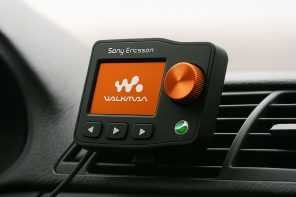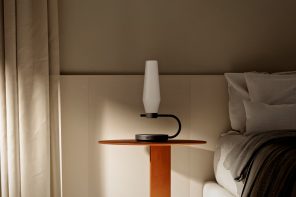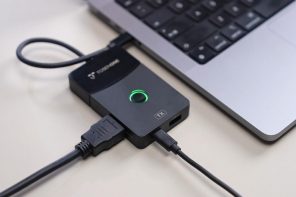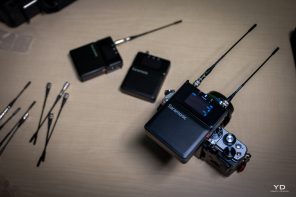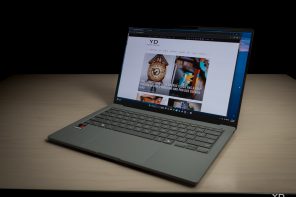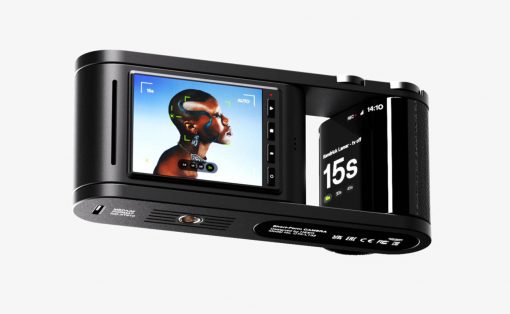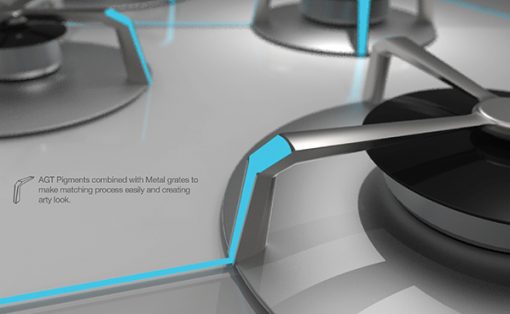The very first Stream Decks were, as the name implied, made for streamers, content creators who thrived on live Internet video platforms like Twitch and YouTube. Over time, the device spread to more creative professionals who use the programmable buttons to make their workflows less cumbersome. That said, these tools benefited people working in mostly digital environments, such as those using computers. Realizing that even traditional broadcasting workflows could use an upgrade, a new kind of Stream Deck was made, one that had a ridiculous number of LCD buttons to customize, not to mention a stackable design to double or triple that number if it weren’t enough.
Designer: Elgato

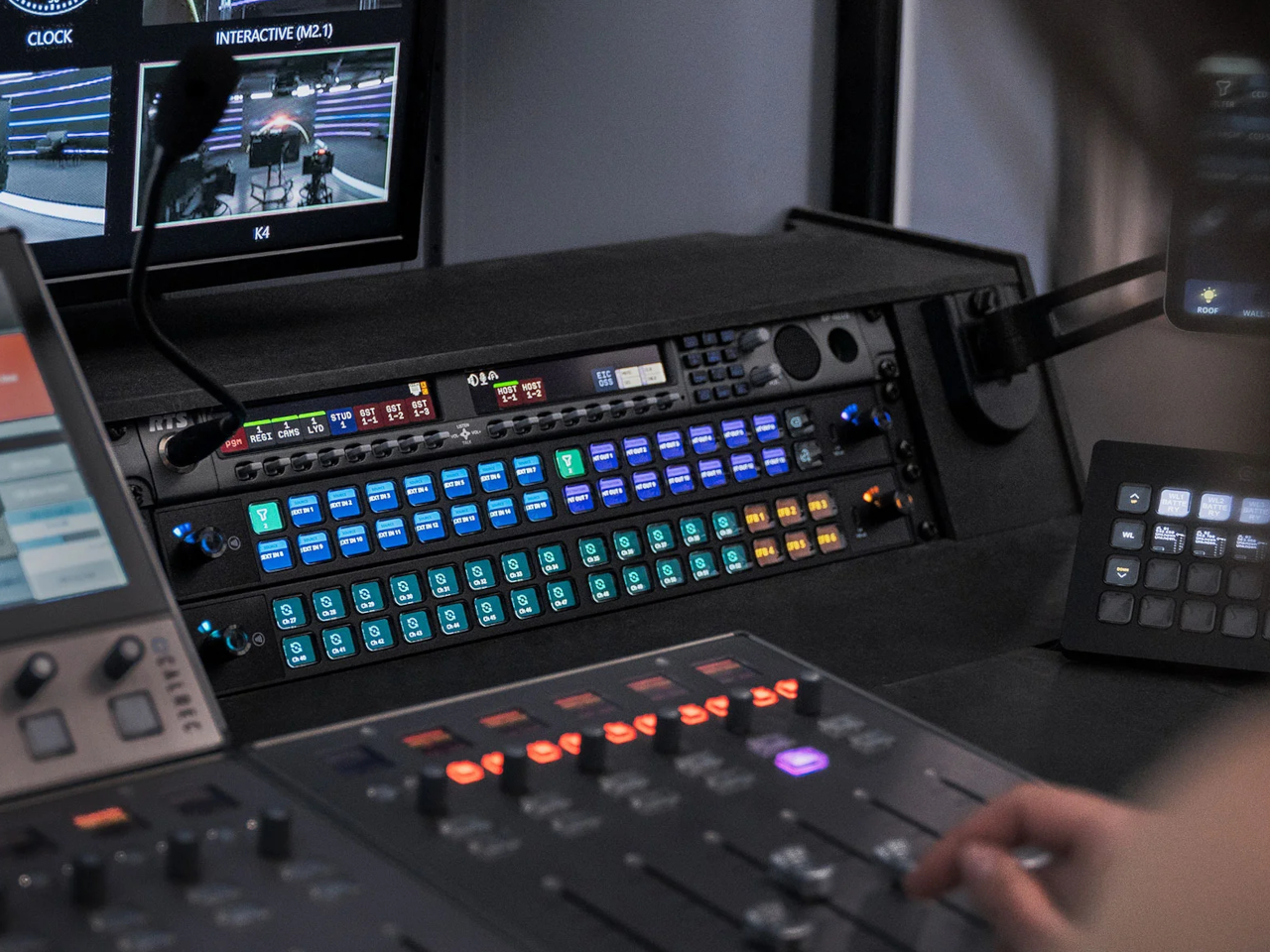
The idea behind the Stream Deck and its kind is pretty simple. Rather than a sequence of keystrokes that are hard to remember across different apps and services, it offered buttons that could be mapped to almost any function. Even better, those buttons are actually LCD keys, so they can have dynamic icons that identify their purpose and change depending on the app in use.
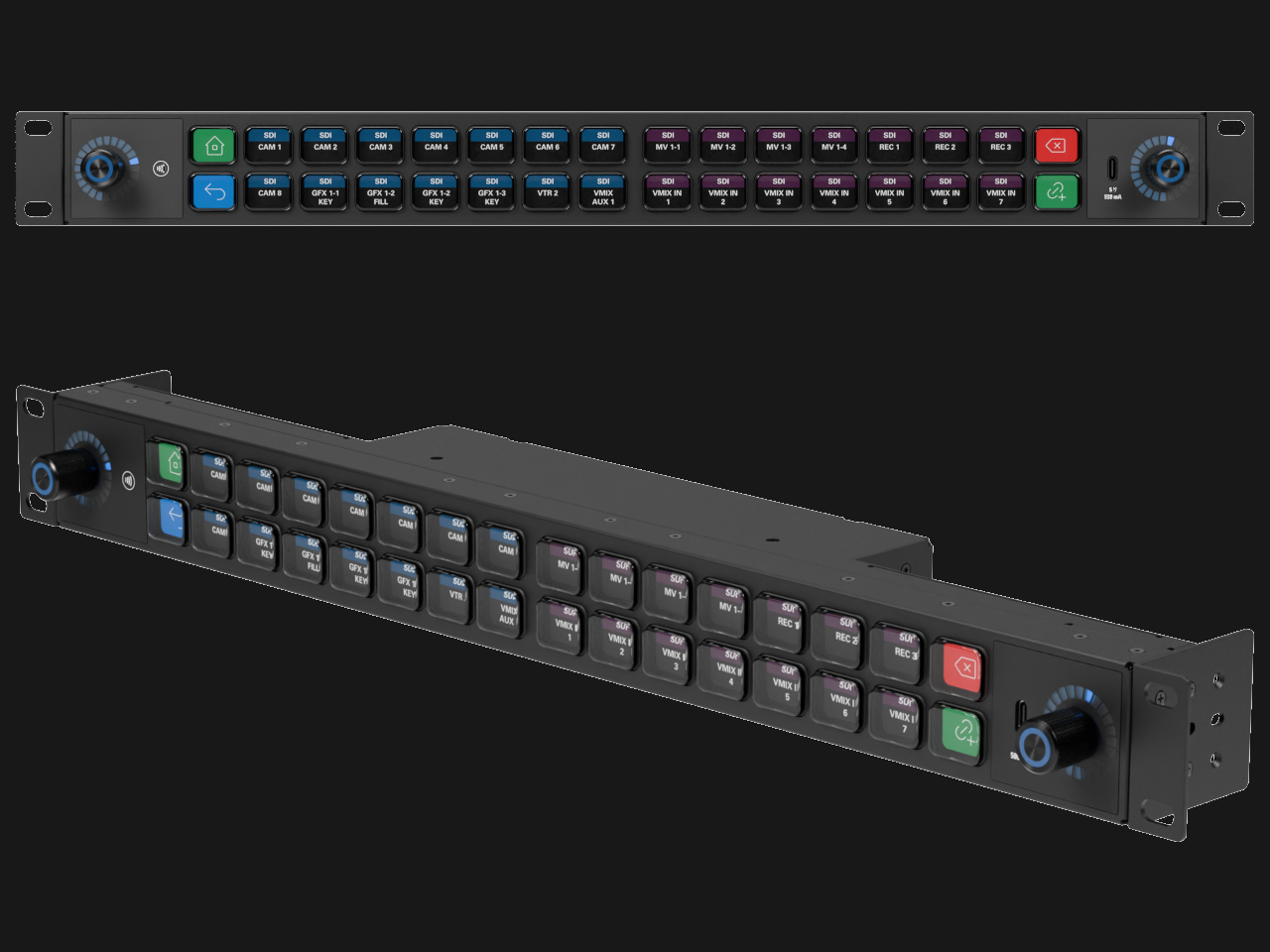
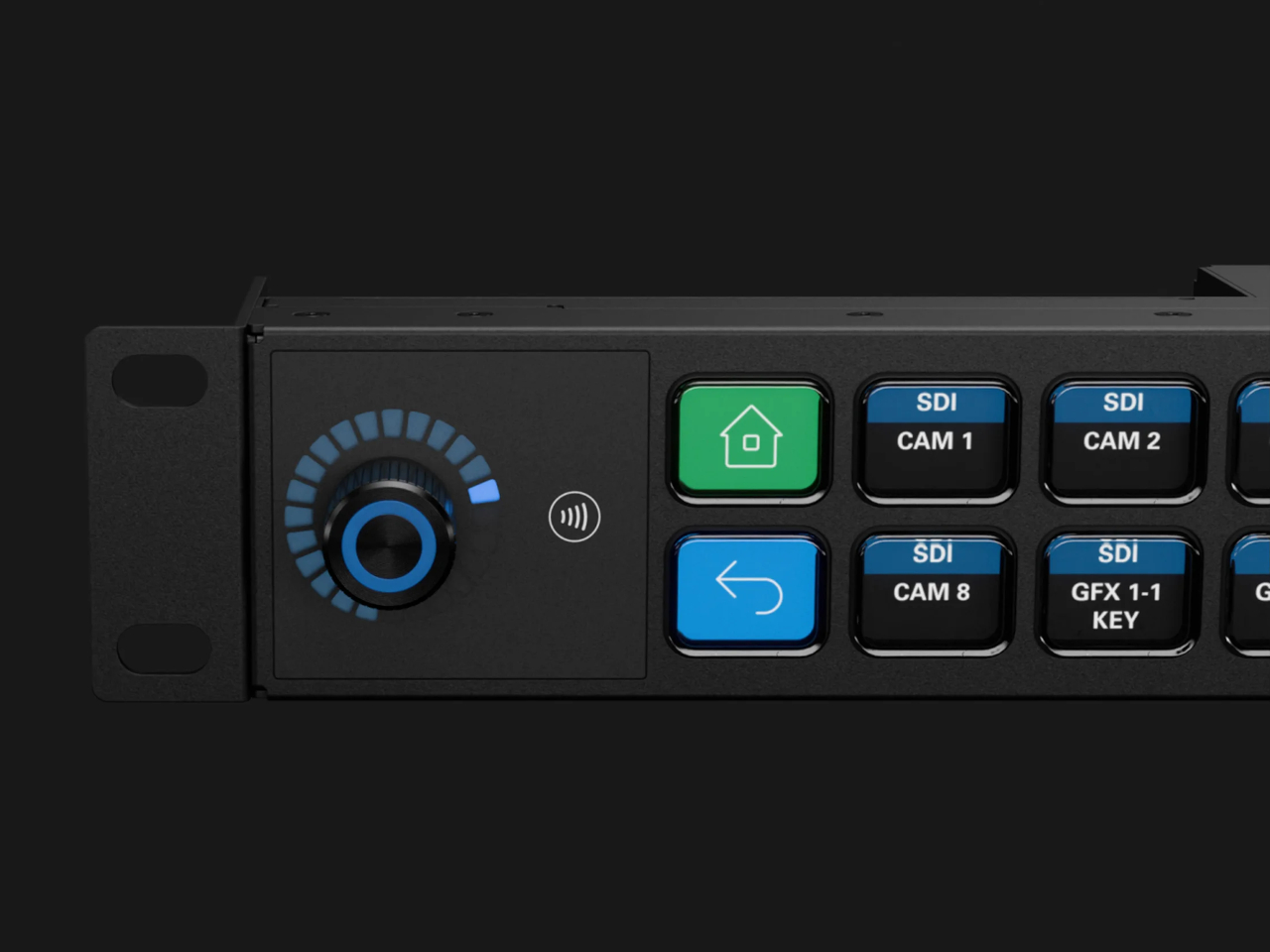
That kind of flexibility is critical in a smooth and fast digital workflow, whether it’s changing settings on a live stream, stitching up videos, or changing digital brushes. Traditional broadcasting also has use for so many controls, but those buttons and dials are often fixed and permanent. The Stream Deck Studio brings the flexibility of Elgato’s mainstream devices to this professional setting where speed is of the essence.

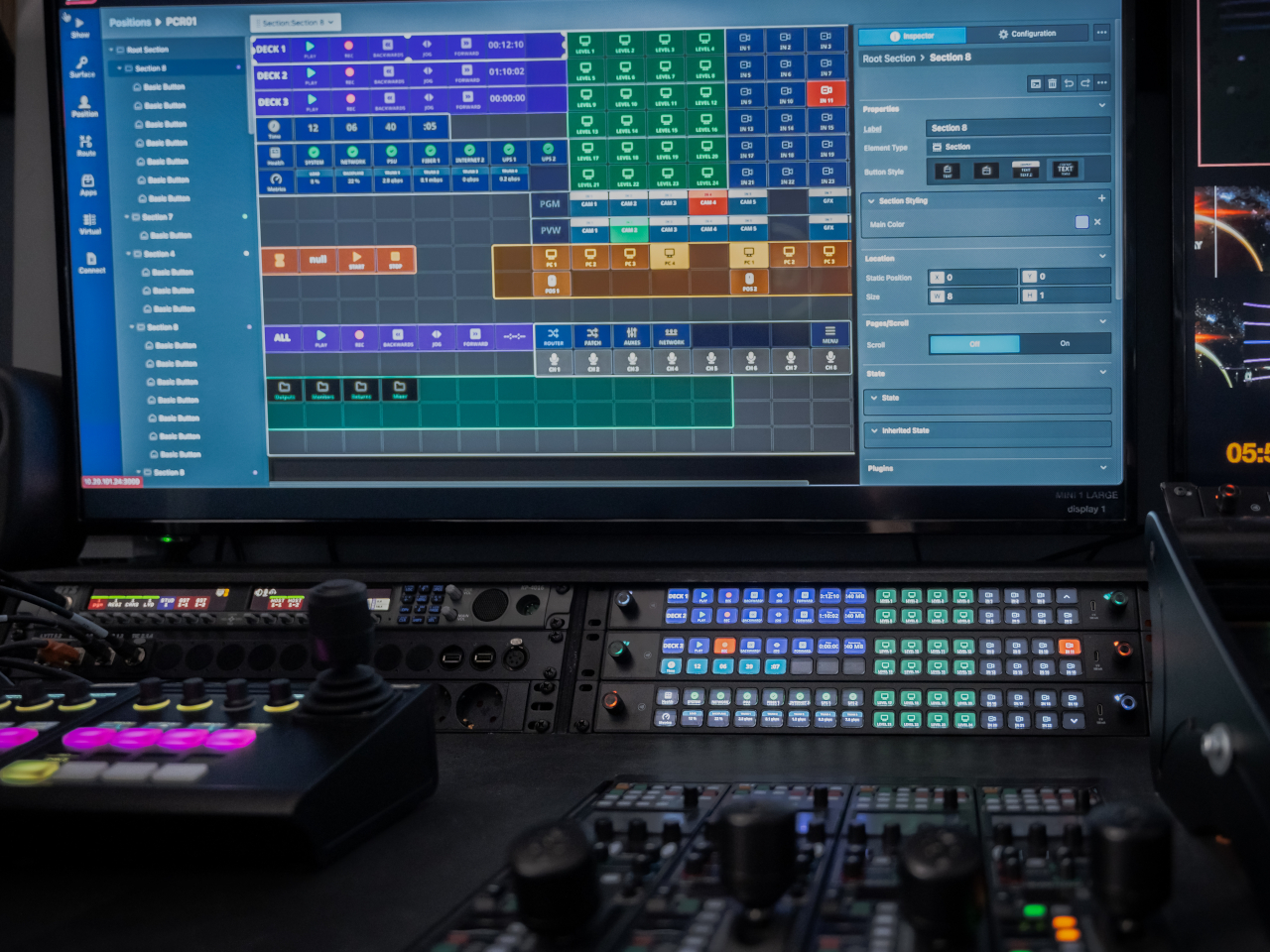
Unlike the boxy Stream Decks, the Studio is a long 19-inch bar with two rows of 16 keys flanked by a dial on each end. This is the largest Stream Deck product to date and is obviously not meant for regular desktop use. The shape of the device, however, fits perfectly with broadcast studio racks. In fact, you can also stack and connect two or three of them, for a whopping 96 buttons and six dials.
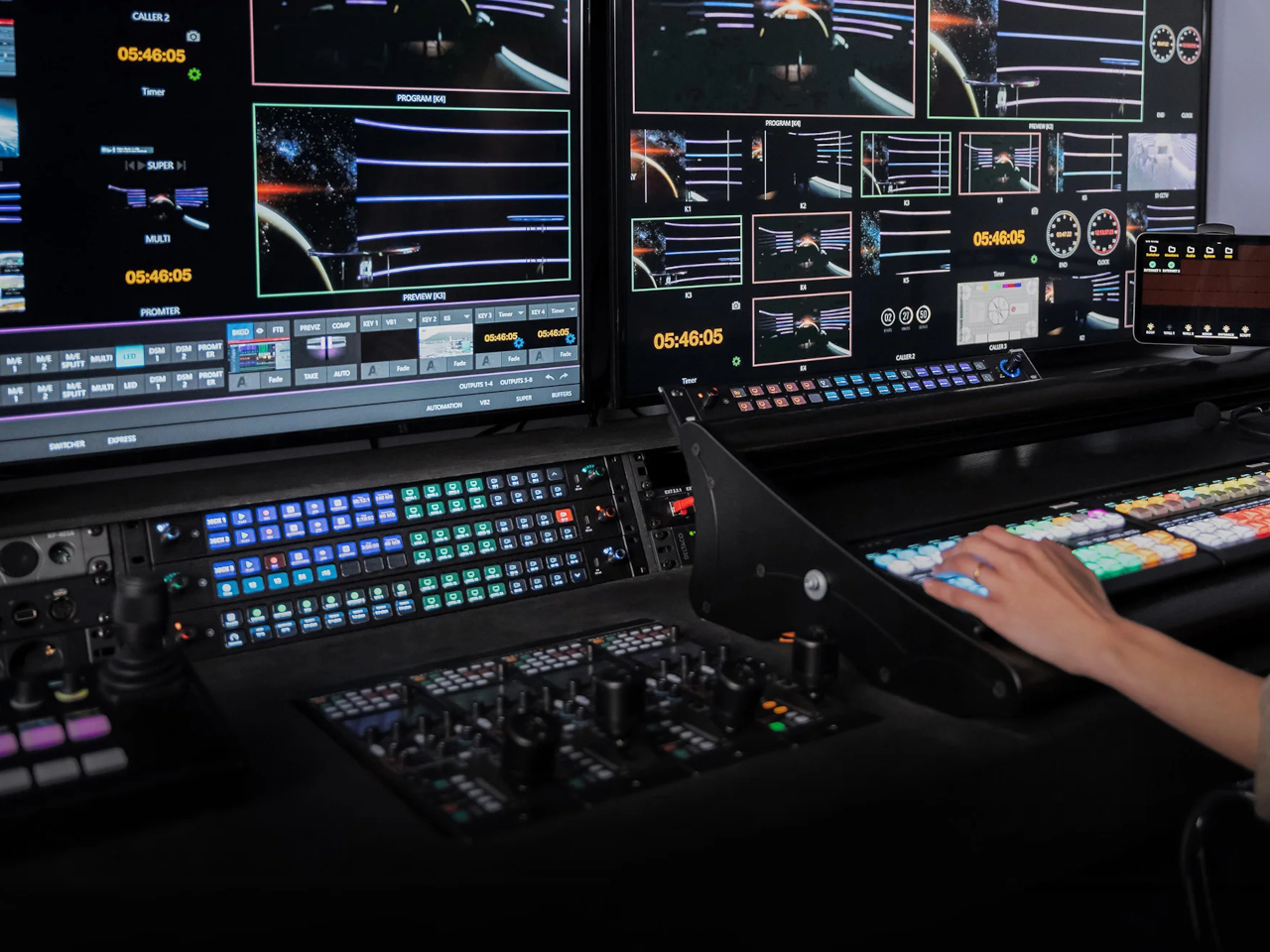
Like any other Stream Deck product, the keys and dials are programmable, but there’s a slight catch this time. The Studio was developed together with Bitfocus, whose Companion software is already a popular alternative to Stream Deck’s own app, with tweaks for broadcast media. The new Buttons software was made specifically for the Stream Deck studio, though it requires a recurring subscription. Then again, the $900 price tag makes the Stream Deck Studio a no-go for individual creators anyway, but offers studios and other companies the same kind of flexibility and power that the Stream Deck offers, except on a larger scale.


